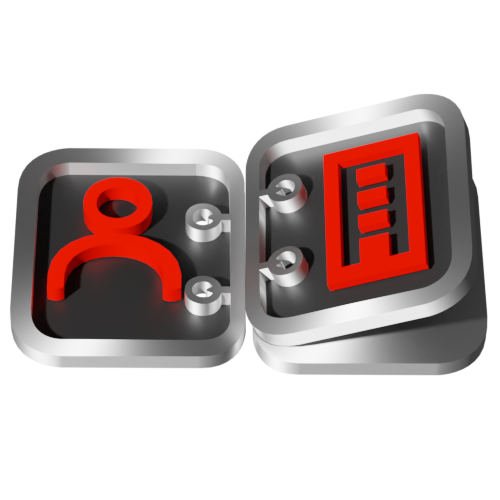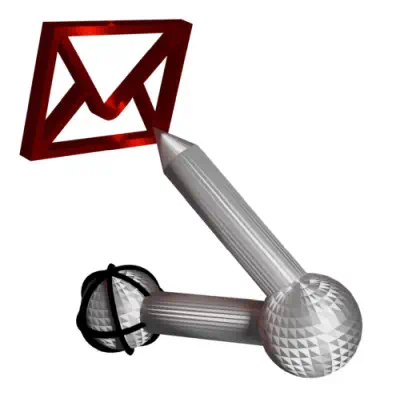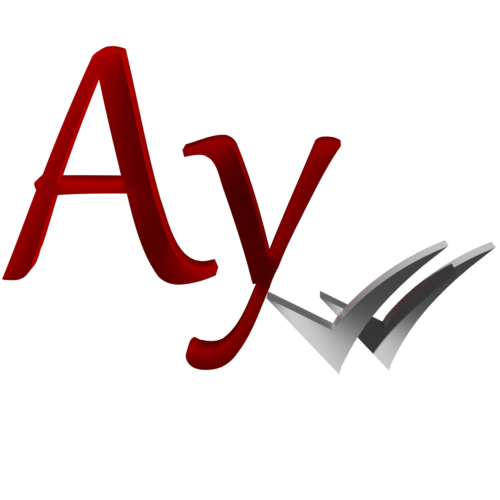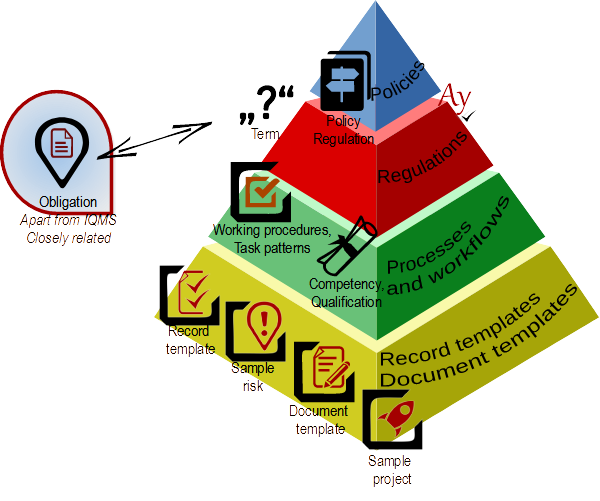AyMINE – Technical documentation
Modules
Integration with ERP Abra Gen
 Task, project & quality management
Task, project & quality management
Manager approval with the task report
Why some data can't be deleted
GDPR and record of qualifications
Qualification of user or contact
Right to Manage Qualifications
Adminitration of areas, projects, calendars
Failure Analysis for an Individual Property of a Component or Process
FMEA – Probability of Detection
FMEA – Probability of Occurrence
 Task, project & quality management
Task, project & quality management
Administration of the Task Management Module
System rights for the task management module
Improvements and Preventive Measures
Methodology and Quality Management systems
What makes up the methodology / SMJ
Problems, tickets and their management
Collaborative Resolution of Multiple Problems
Customer Service Response Generation
Incident and Quality Issue Management
Objects affected by the problem
Problems, Incidents, Helpdesk Tickets
Return project plan by baseline
Sample tasks and methodologies of the area
Effect of the task on the right to modify the attached object
The person responsible for the task
Working procedure – task definition
Management of responsibilities - RACI Matrix
Objects related to the task pattern
 Contacts and directories module (CRM)
Contacts and directories module (CRM)
Address book list and management
Directory or people and companies
Order overview for customer groups
 Contacts and directories module (CRM)
Contacts and directories module (CRM)
System Permissions and CRM Module Settings
Send bulk messages in compliance with GDPR
How to correctly forget a person's details
Unsubscribe and set preferences
for bulk mail
 Web management and automation
Web management and automation
Receiving a message from the web
Human resources
Personalistics – User Permissions and roles
Human Resources module security
Manage department / division data
Overview of Personnel Information for pracov# Employment Contract
Synchronizing staff and system users
 Products, assets and sales
Products, assets and sales
Creating and processing orders
Manage the Property & Business module
Why are the Quality criteria usefull
Managing Finance
Metrics and Measurements
Work summaries from generated data
Technical Modules
Sabre plugin module
Enterprise Architect connector
Database link to Enterprise Architect database
Enterprise Architect connector
System Modules
 The AyMINE Framework Module
The AyMINE Framework Module
AyMINE — Tips for Mobile Usage
Configure how your system looks and works
Gestures and Keyboard Shortcuts
More about how the system works
Private notes and tags for objects
Overview of Modules and Record Types
 What makes up the methodology / SMJ
What makes up the methodology / SMJ 
The methodology is made up of procedures, but also all other objects needed not only for compliance with procedures, but also for the administration of the methodology itself.
Obligation (Obligation)
Concept from the Glossary of Terms (Term, Phrase)
Directive (Policy, Regulation)
Default plan template
Model workflows (Working Procedures, Task Pattern)
Sample protocol (Record template)
Qualifications (Competency & Qualification)
Business Events (Business Event)
Project role
Model project
- More information
The methodology is made up of ISMJ or a part of it. Generally, however, the methodology standardizes a certain area of activities. It therefore contains all records that are needed for a description of what it means to perform a quality activity. The methodology provides the basis for automated process control (workflow). Objects therefore support not only the description of steps, but their automation.
Each part of the methodology has its own documentation page, so click on the detail for more details.
In brackets after the Czech name of the SMJ element, there is also an English name for clarity.
 Obligation (Obligation)
Obligation (Obligation)
Obligation, which the methodology must fulfill, or follow. Obligations are typically "input requirements", they stand out a bit, but this does not mean that they are not important, on the contrary.
 Concept from the Glossary of Terms (Term, Phrase)
Concept from the Glossary of Terms (Term, Phrase)
Glossary is an essential part of any standard and should not be missing in internal methodologies. Ideally, a common glossary is for all methodologies of a company.
Glossaries support multilingual definitions of terms, so within a single glossary you can provide both a Czech translation and an original definition. (Generally, you can have any number of languages.)
The possibility of a multilingual definition does not only apply to dictionaries, but especially to workflows. Within a single methodology, you can therefore define a quality and safety management system in Czech and English at the same time, making it understandable for local workers, foreign colleagues and the auditor from the client.
 Directive (Policy, Regulation)
Directive (Policy, Regulation)
Directive forms most of the backbone of the whole quality system and other methodologies.
Guidelines at different levels of management have different concepts – regulations, policies/policies etc. Specific types of documents can be defined in the system.
 Default plan template
Default plan template
Model plans are the basis for project planning, but not only for it; they generally serve wherever planning is needed and the methodology standardizes it.
Examples of model plans are
- Model project plan
- Master Test Plan – Test Strategy
 Model workflows (Working Procedures, Task Pattern)
Model workflows (Working Procedures, Task Pattern)
Workflow is the equivalent of workflows from the quality management system.
A major advantage and difference of the automated methodology compared to documents is that real tasks are created directly on the basis of model tasks from the methodology. The system thus saves a lot of work and the workers the need to know everything in detail or to search for workflows. A workflow in a methodology can be part of a quality management system and at the same time is the definition of a step in the workflow of the system. More about workflow usage is also available here (PDF infographic).
Sample workflows can be hierarchical and form a complete workflow, including the WBS – Work Brakedown Structure. An example of a complex step is the project stage
 Sample protocol (Record template)
Sample protocol (Record template)
Sample protocol is the template for records that need to be created while working and it is not possible to stay with automatically generated records.
Typically, the sample protocol is used when it needs to be submitted to the approval authority. Conversely, it is not used where it is an internal documentation of the process and its outcome.
 Qualifications (Competency & Qualification)
Qualifications (Competency & Qualification)
Qualifications define what the workers who perform the tasks must be able to do. Qualifications are certainly not a substitute for organizational roles and are absolutely necessary for a quality methodology that really addresses quality. While they are part of methodologies, they are also an important basis for recording workers' abilities and are therefore also used by the HR module.
 Business Events (Business Event)
Business Events (Business Event)
Events serve to support the automation of activities. Thanks to events, one processing of a process can activate another and thus automate a complex activity.
 Project role
Project role
Project role substantively defines what competencies must be held by a person participating in a project. Project roles are simultaneously assigned sample tasks by the template workflow.
Project roles understandably only make sense in methodologies that relate to project management. Outside projects, they are not used.
 Model project
Model project
Model project defines what all components must have a project of a certain type. (You can define your own type for each type of project).
Based on a sample project, a new project can be launched easily within a minute, according to the methodology.
More information
You can read more about the methodologies and their importance for quality management here.
